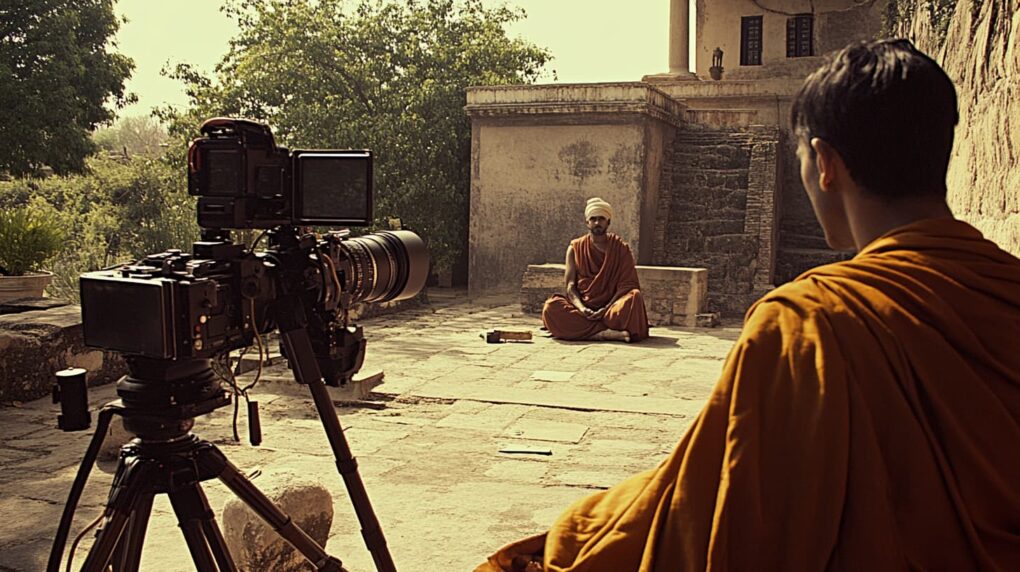
Documentary Film as a Tool for Social Change
In a world saturated with information, where news cycles move faster than ever, one medium continues to pierce through the noise with remarkable depth and resonance: the documentary film. Unlike fictional narratives, documentaries aim to depict reality, highlight injustices, and inspire viewers to think, feel, and act. Over the years, documentary filmmaking has proven to be one of the most powerful tools for promoting awareness, challenging norms, and sparking tangible social change.
From Observation to Action
The core strength of documentary cinema lies in its capacity to observe and reflect. At its foundation, the genre is built on the principle of documenting reality — capturing the lives, struggles, and voices of individuals or communities that are often ignored by mainstream discourse. But more than just observing, the most impactful documentaries push audiences to act.
Filmmakers such as Michael Moore, Ava DuVernay, and Joshua Oppenheimer have demonstrated how documentaries can evolve from artistic expression into movements. Moore’s Bowling for Columbine ignited a national conversation on gun control in the United States, while DuVernay’s 13th re-examined mass incarceration through a critical historical lens, prompting discussions in classrooms and courtrooms alike.
Giving Voice to the Voiceless
A vital function of documentary film is its ability to amplify marginalized voices. In places where political oppression or media censorship are prevalent, documentaries serve as rare avenues for truth-telling. For instance, For Sama, directed by Waad Al-Kateab and Edward Watts, offers a heartbreaking yet resilient portrait of life in war-torn Syria through the lens of a young mother. It’s not just a film — it’s a personal plea for empathy, understanding, and political action.
The camera becomes a witness, and the audience becomes a participant. These stories move beyond statistics; they humanize complex issues by putting names and faces to abstract problems. That emotional connection often serves as the spark for broader awareness and advocacy.
Changing Public Perception
Documentaries also play a key role in shaping public opinion. By presenting researched content with emotional storytelling, they can challenge long-held beliefs and offer alternative perspectives. When Blackfish was released in 2013, it exposed the dark reality behind captive killer whales at SeaWorld. The film led to widespread public backlash, significant drops in park attendance, and eventually, policy changes within the company, including the end of its orca breeding program.
Similarly, An Inconvenient Truth, featuring former U.S. Vice President Al Gore, brought climate change into living rooms around the world. Its release marked a pivotal shift in public discourse about environmental issues and contributed to an uptick in ecological awareness and activism.
Education and Empowerment
In educational settings, documentaries have become critical tools for teaching history, science, sociology, and ethics. They present complex subjects in accessible formats and spark classroom discussions that often transcend academic boundaries. Students exposed to documentaries often report greater empathy, curiosity, and a desire to contribute to social causes.
Educational campaigns often accompany the release of social-issue documentaries. These include toolkits for teachers, community screenings, and online platforms for continued engagement. The documentary doesn’t end when the credits roll — it often marks the beginning of collective learning and mobilization.
The Role of Technology
The digital era has only amplified the impact of documentary films. With platforms like Netflix, YouTube, and Vimeo, creators no longer rely solely on theatrical releases or festival circuits to reach audiences. This democratization of distribution has allowed even low-budget films to find global audiences.
Moreover, social media plays a crucial role in spreading documentary content and its messages. Viral clips, discussion threads, and digital calls to action can turn a small independent film into a movement. Today, a well-crafted documentary can reach millions in days — a scale of influence unimaginable just a decade ago.
Challenges and Responsibilities
However, the growing popularity of documentary films also comes with challenges. The line between storytelling and sensationalism can blur. The pressure to entertain sometimes undermines the responsibility to present truth. Filmmakers must walk a delicate path: they must engage audiences without compromising the integrity of their subjects.
Additionally, with misinformation on the rise, the trust that viewers place in documentaries must be honored through rigorous research, ethical interviews, and transparency in production. A single misleading detail can discredit the entire message and erode public trust.
A Catalyst for Global Movements
Around the world, documentaries have been central to some of the most transformative social movements of our time. In India, India’s Daughter highlighted the brutal rape and murder of a young woman in Delhi, stirring global outrage and pushing for changes in women’s rights laws. In South Africa, Miners Shot Down investigated the Marikana massacre, confronting institutional injustice and demanding accountability.
Even smaller, local documentaries — those that may never hit international screens — have a tremendous impact within their own communities. They provoke town hall meetings, ignite grassroots activism, and bring visibility to neglected issues. In essence, they give people the language and evidence to demand change.
The Future of the Genre
As we look forward, the role of documentary filmmaking will only grow in significance. In a world marked by rapid change, rising inequality, and environmental crises, the need for honest, reflective, and inspiring narratives is greater than ever.
Virtual reality (VR) and immersive storytelling are opening new dimensions for documentary engagement. Viewers can now “walk in someone else’s shoes,” experiencing stories not just as observers but as participants. This evolution promises to deepen empathy and expand the genre’s impact even further.
Conclusion
Documentary film is far more than a medium of entertainment — it is a force for truth, justice, and transformation. By shedding light on hidden realities, giving voice to the silenced, and compelling viewers to act, documentaries remain one of the most effective catalysts for social change. In every frame and every voice captured, there lies the possibility of a better, more informed, and more compassionate world.